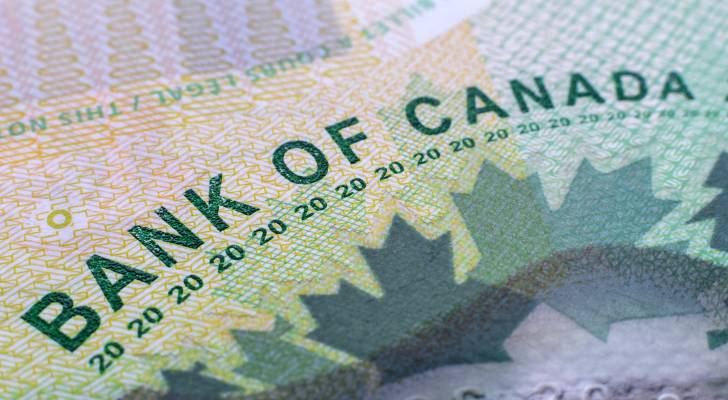Are you too scared to check your credit score? 7 common Canadian credit score myths you should never believe

Taking the mystery out of how credit scores work can help you boost your rating. It’s typically recommended that you check your credit score at least once a year to know your standing and also mitigate the risk of identity theft. That being said, many credit card holders don’t really understand how it all works, […]
Half of respondents say it would take over $1,000 to sell their most prized collectible — or they wouldn’t sell at all

A recent Money.ca reader poll found that a majority of respondents would need a significant financial incentive — or none would suffice — to sell their most treasured collectible. Turns out almost 3 out of 4 Canadians (72%) said they’d sell their prized collectible for more than $1,000 or wouldn’t sell at all, shen asked, […]
BoC walks tightrope: Growth gains hampered by slowing demand making a hold at 2.75% likely

Canada’s economy grew faster than expected in early 2025. But dig past these positive headlines and just about everyone can see that cracks are forming. This is the situation the Bank of Canada economists are in as they make one of its toughest calls yet: lower rates or stay the course? Split economy complicates the […]
Canadians are holding strong in saving for retirement

Despite the ever-changing and volatile market that 2025 has wrought so far, many Canadians are staying diligent in saving for retirement. This, according to a new Sun Life report. For example, the report notes that positive trends in member savings behaviours are continuing with average contributions reaching over $9,500, a 6% increase from 2022. "The […]
Ottawa revives electric vehicle incentives: What this means for your wallet

After a brief hiatus, the federal government is set to reintroduce incentives for electric vehicle (EV) buyers, aiming to accelerate Canada’s transition to greener transportation and ease the upfront cost burden for consumers. The announcement, made by Minister of Transport Lisa Joly earlier this month, marks a significant policy shift intended to support environmental goals […]
I’m only 25 and my mom has tanked my 700-plus credit score after falling behind on payments for an auto loan she had me co-sign when I was 18. How do I stop her from derailing my future?

It sounds like you were doing all you could to get your finances together in your twenties, like paying your bills on time and being mindful of your debt. Don’t miss I’m 49 years old and have nothing saved for retirement — what should I do? Don’t panic. Here are 6 of the easiest ways […]
Alberta implements a $200 EV tax. What does this mean for the future of electric vehicles?

Alberta will begin collecting an annual $200 tax on electric vehicles (EVs) starting Feb. 13, 2025. The new tax applies to all fully electric vehicles at the time of registration, while hybrid vehicles remain exempt. EV owners will be slapped with the $200 tax when they go to register their EV — after the initial […]
45% of Canadians admit biggest mistake is not saving enough—here’s how poor financial decisions can derail retirement plans

For many Canadians, the weight of past financial mistakes is proving to be more than just a temporary burden — it is actively reshaping their long-term future, particularly when it comes to retirement. A recent study from Money.ca highlights how financial missteps, from overspending to inadequate savings, are delaying critical milestones and forcing individuals to […]
Canadians not looking ahead in 2025 with rose-coloured glasses

Many Canadians are looking at their financial well-being in 2025 with at least some level of concern. A new H&R Block survey reveals 64% of Canadians are concerned that 2025 is going to be a challenging year for them financially. "Many Canadians are feeling the pinch of higher costs-of-living and are looking to manage spending […]
Auto theft continues to climb in Alberta

Car theft is becoming a major financial issue for Albertans. According to new data from the Insurance Bureau of Canada (IBC), the cost of auto theft in Alberta surged in 2024 and has climbed dramatically over the past three years. Auto theft claims in the province totaled $110.3 million in 2024, a sharp rise from […]